Malaysian Material Exposure Experiment Started On-orbit ISS!
Last Updated:
June 14, 2019
Researchers from the Universiti Putra Malaysia (UPM) and the National Space Agency of Malaysia (ANGKASA) launched an experiment to the International Space Station (ISS) via SpaceX Dragon CRS-17 cargo spacecraft aboard the Falcon-9 rocket from the US Air Force Base in Cape Canaveral, Florida, at 2:45am (EDA)–2:45pm Malaysia time or 3:45pm Japan Standard time on May 4, 2019.
The research was titled “Smart Optical Fibres for Passive Dosimetry in Space” (SOFPADS), which was handed over to JAXA on November 2, 2018.
SOFPADS is a set of passive dosimeters using optic fibres and it consists of two samples, namely E-SOFPADS and I-SOFPADS. They are intended to measure the radiation in outer space as an initial step to observe the reaction of radiation on optic fibres in a microgravity environment. In the future, it might be used as a radiation ray detector in outer space. The results from this investigation could also benefit people on Earth as it may lead to new knowledge and methods of dose monitoring from radiation exposure, including at nuclear power plants, industrials, environmental and in cancer treatment centers.
I-SOFPADS is combined with JAXA Passive Dosimeter for Life-Science Experiments in Space (PADLES) for comparative analysis. On May 8, 2019, I-SOFPADS was moved from SpaceX Dragon CRS-17 to ISS and was placed in its designated storage location inside Kibo module. It will stay there for about 300 days until it returns to Earth.
E-SOFPADS is developed as an experiment module to ExHAM platform, for studying the performance of a proposed fabricated optical fibre as a potential space radiation passive dosimeter based on thermoluminescence (TL) response. On May 24, E-SOFPADS was placed on ExHAM platform No.2 (ExHAM #2) by the ISS crew. On May 30, ExHAM #2 was successfully attached to the handrail on Exposed Facility of Kibo module and exposure experiment started at this time. The term of the experiment will be about one year.
ANGKASA, Banting Selangor held a Witness Ceremony of SOFPADS Attachment on Kibo-Exposed Facility while ExHAM was set at Kibo Exposed Facility . The ceremony took place at 15:00 (GMT+8) which attended by researchers from UPM and ANGKASA’s staff. The ceremony was started with a briefing on SOFPADS project, Kibo and ExHAM. The event was also covered by “Agensi Angkasa Negara FB live”.
Fig 4. Witness Ceremony of SOFPADS Attachment on JEM-Exposed Facility at ANGKASA, Malaysia (Credit: ANGKASA)
Commenting to this event, Dr. Noramaliza Mohd Noor said “This is the most awaited time by our research group members to see our sample was finally attached to handrail on Exposed Facility of Kibo module and orbiting high above the atmosphere! At the same time, we also feel relieved because the second phase of the E-SOFPADS experiment already started.” Now, we have to wait for another 300 days for the samples back to us, before we can start another most excited and crucial part of this experiment i.e. data analysis.
She also said, if the results of E-SOFPADS test returns positive, definitely it has a potential to be used as alternative personal and environment dose monitoring for space radiation dosimetry in future.
Dr. Fathinul Fikri Ahmad Saad, Associate Professor at Faculty of Medicine and Health Sciences, also added that this event marked a very important phase in the translational molecular imaging research in space medicine and biology in our country. The study of radiation effect on human physiology and the understanding of the emergency of molecular changes that underpin inflammatory cells as precursor to the non-communicable diseases in the space microgravity environment will be unfolded.
Fig 7. SOFPADS UPM researchers during press release in UPM Malaysia. From the left Dr. Noramaliza Mohd Noor, Dr. Fathinul Fikri Ahmad Saad and Dr. Nizam Tamchek (Credit: UPM)
“Thanks God SOFPADS was successfully deployed on the Kibo-Exposed Facility. This success also means Malaysia has stepped out of its normal research capability and capacity. This success also means Malaysia has moved another one step ahead in the field of research in space.” said Mr. Mohd Helmy Hashim, ANGKASA. It is also hoped that SOFPADS mission will continue to run smoothly to complete its mission for 300 days in space. Through this launch mission, the Malaysian has also been given direct opportunity to know how space mission has been executed in ISS. The most interesting is it was about Malaysia and how it was achieved through cooperation with various parties including Japan.
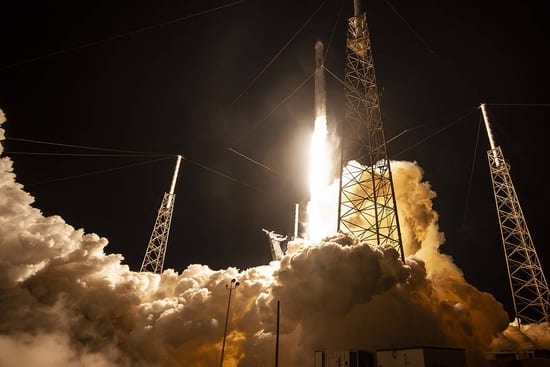
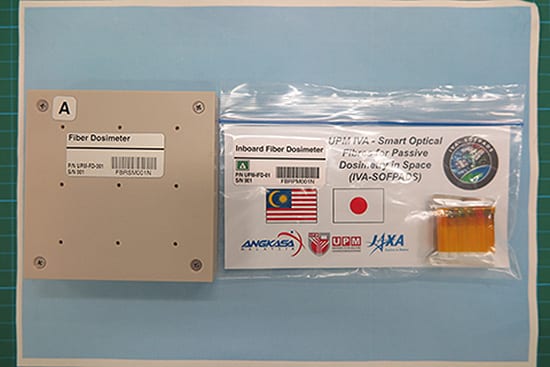
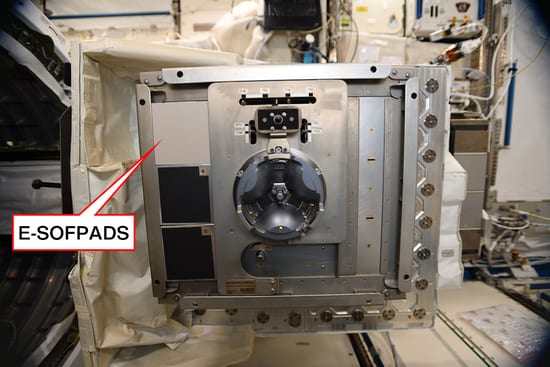
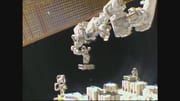
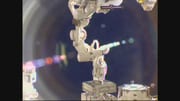

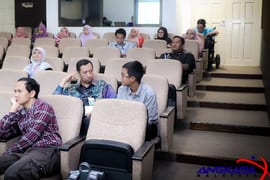
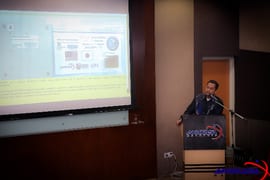
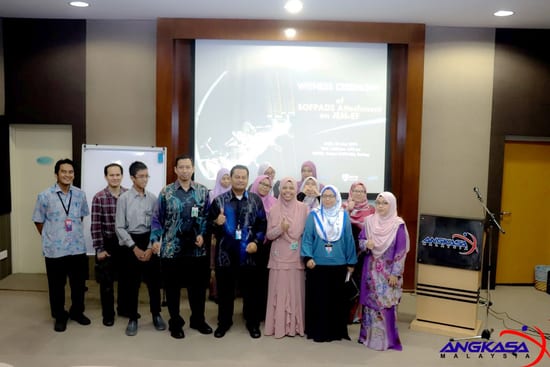
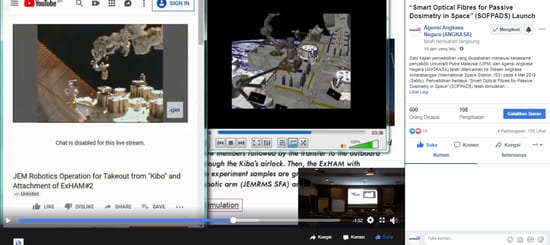
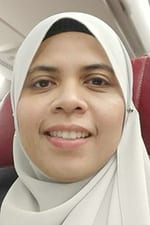
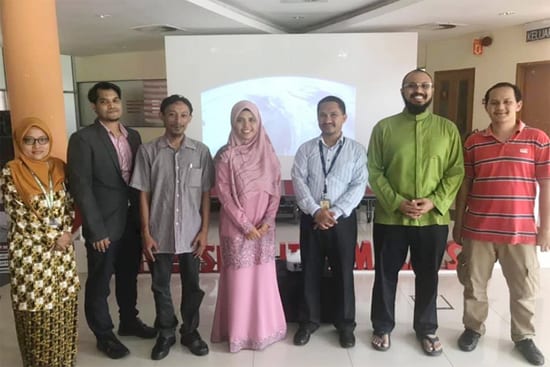
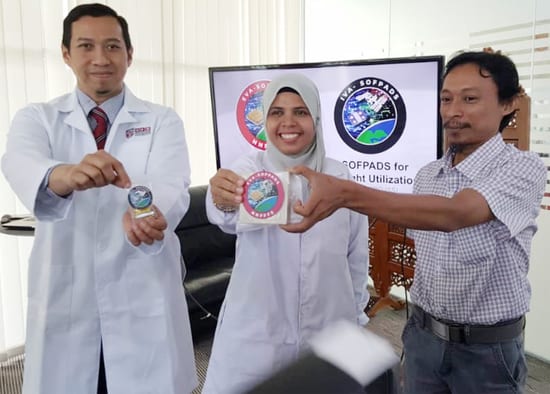
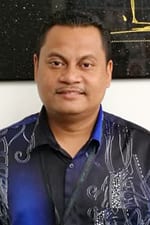
Comments are closed.